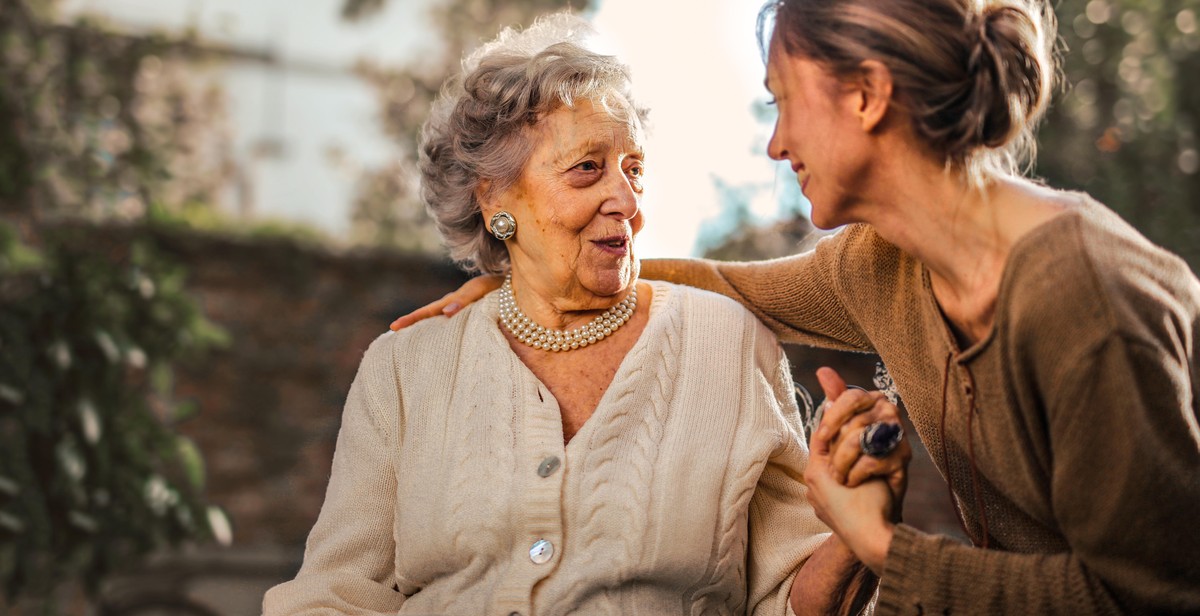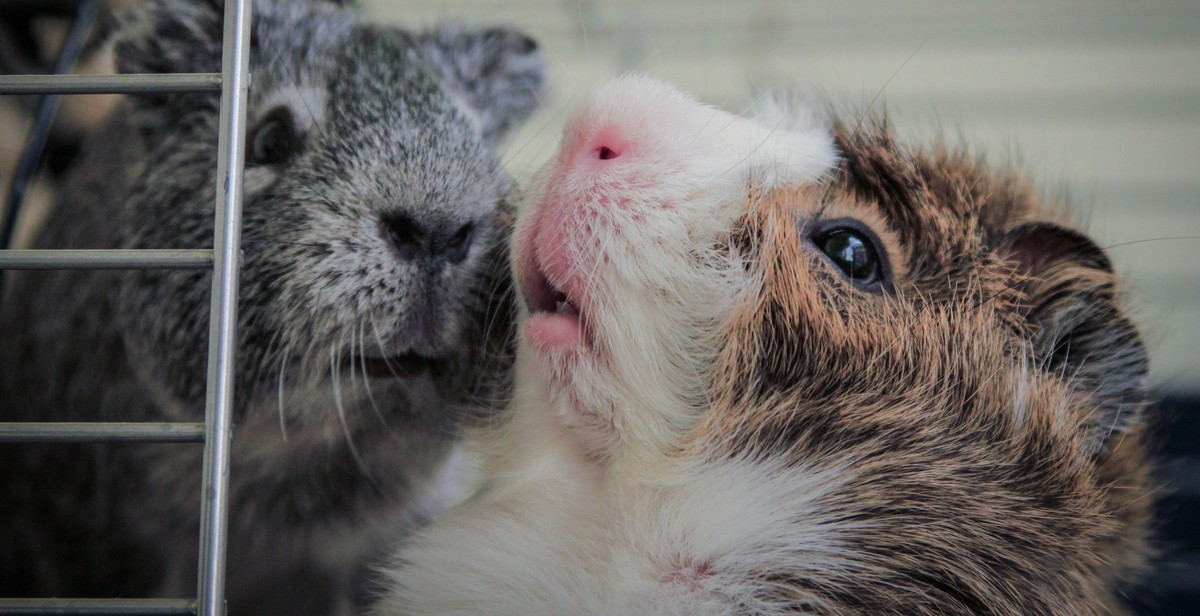How to Train Your Pet Guinea Pig: Basic Commands and Handling
Guinea pigs are adorable and social animals that can make excellent pets. They are intelligent and can easily learn basic commands and tricks, making them an ideal pet for those who love to train their furry friends.
Training your pet guinea pig can be a fun and rewarding experience for both you and your pet. It can also help to strengthen the bond between you and your pet and improve their overall behavior and well-being.
Basic Commands
Before you start training your guinea pig, it is essential to understand their personality and behavior. Guinea pigs are prey animals, and they can be easily frightened or stressed. Therefore, it is crucial to approach the training process with patience, kindness, and consistency.
The first step in training your guinea pig is to teach them basic commands such as “come,” “stay,” and “no.” These commands can help you to control your pet’s behavior and keep them safe.
Come
To teach your guinea pig to come to you, start by calling their name in a happy and excited tone. When they come to you, reward them with a treat or praise. Repeat this process several times until your pet learns to associate their name with a positive experience.
Stay
To teach your guinea pig to stay in one place, start by placing them in a small area with no distractions. Give them the command to “stay” and wait for a few seconds before rewarding them with a treat or praise. Gradually increase the duration of the stay and practice in different environments.
No
To teach your guinea pig “no,” start by using a firm and clear voice when they engage in unwanted behavior. Redirect their attention to a more appropriate activity and reward them when they comply.
Handling
Guinea pigs are delicate animals, and it is essential to handle them with care. When picking up your pet, support their body with one hand and use the other hand to hold their hind legs. Avoid squeezing or pulling their legs or tail, as this can cause injury or stress.
Training your pet guinea pig requires patience, consistency, and a lot of positive reinforcement. With the right approach and techniques, you can teach your pet basic commands and handling skills that will enhance their behavior and strengthen your bond.

Understanding Your Pet Guinea Pig
Guinea pigs, also known as cavies, are popular pets known for their cute appearance, social nature, and gentle demeanor. These small, domesticated rodents are native to South America and are commonly kept as pets due to their low maintenance and friendly disposition.
Behavioral Traits of Guinea Pigs
Guinea pigs are social animals that thrive in pairs or groups. They are active during the day and sleep for short periods throughout the day and night. Guinea pigs are herbivores and require a diet high in hay, fresh vegetables, and vitamin C.
One of the most endearing traits of guinea pigs is their vocalization. They communicate through a variety of sounds, including chirps, squeaks, and purrs. Guinea pigs also have a tendency to chatter their teeth, which can indicate excitement or contentment.
Guinea pigs are also known for their playful behavior. They enjoy exploring their environment, playing with toys, and interacting with their owners. However, they can be timid and may take time to warm up to new people or situations.
Creating a Safe Environment for Your Guinea Pig
It is important to create a safe and comfortable environment for your guinea pig. This includes providing a spacious cage or enclosure with plenty of room for exercise and play. The cage should be lined with absorbent bedding material, such as shredded paper or wood shavings, and cleaned regularly to prevent odors and bacteria buildup.
Guinea pigs are sensitive to temperature changes and should be kept in a room that is between 65-75°F. They should also be protected from direct sunlight and drafts. Additionally, guinea pigs require fresh water and hay at all times, as well as a daily serving of fresh vegetables and fruits.
It is also important to supervise your guinea pig when they are outside of their cage. Guinea pigs are curious animals and may chew on electrical cords, furniture, or other objects that could be harmful to them. Make sure to provide a safe and supervised play area for your guinea pig to explore.
| Behavioral Traits of Guinea Pigs | Creating a Safe Environment for Your Guinea Pig |
|---|---|
| • Social animals that thrive in pairs or groups • Active during the day and sleep for short periods throughout the day and night • Herbivores and require a diet high in hay, fresh vegetables, and vitamin C • Communicate through a variety of sounds, including chirps, squeaks, and purrs • Enjoy exploring their environment, playing with toys, and interacting with their owners |
• Provide a spacious cage or enclosure with plenty of room for exercise and play • Line the cage with absorbent bedding material and clean regularly • Keep the guinea pig in a room that is between 65-75°F • Protect them from direct sunlight and drafts • Provide fresh water and hay at all times, as well as a daily serving of fresh vegetables and fruits • Supervise your guinea pig when they are outside of their cage to prevent them from chewing on harmful objects |

Training Your Pet Guinea Pig
Training your pet guinea pig can be a fun and rewarding experience for both you and your furry friend. Guinea pigs are intelligent animals that can learn basic commands and tricks with proper training and positive reinforcement techniques. Here are some tips on how to train your pet guinea pig.
Teaching Basic Commands
Before you start training your guinea pig, make sure they are comfortable with you and their surroundings. You can start by offering them treats and talking to them in a gentle voice. Once they are comfortable, you can begin teaching them basic commands such as:
- Come: Call your guinea pig by its name and offer a treat. Repeat this several times until they come to you when called.
- Stay: Hold your hand in front of your guinea pig and say “stay” while offering a treat. Gradually increase the time they stay before offering the treat.
- Jump: Hold a treat above your guinea pig’s head and say “jump”. Your guinea pig will naturally stand up on its hind legs to reach the treat.
Positive Reinforcement Techniques
Positive reinforcement is the best way to train your guinea pig. Offer treats, praise and affection when they successfully complete a command or task. Never punish your guinea pig for not following commands as this can lead to fear and distrust.
Repeat training sessions several times a day for short periods of time. Guinea pigs have short attention spans so keep training sessions to 5-10 minutes at a time. Always end on a positive note with a treat or praise.
Handling Your Guinea Pig
Handling your guinea pig is an important part of training. Start by gently picking them up and holding them close to your chest. Offer them treats and praise while holding them to create a positive association with being handled.
Once your guinea pig is comfortable being held, you can start training them to do tricks while being held. For example, you can teach them to stand on their hind legs or to turn in a circle.
Remember to always be patient and gentle with your guinea pig. With consistent training and positive reinforcement, your furry friend will be performing tricks in no time!

Common Mistakes to Avoid When Training Your Pet Guinea Pig
1. Not Providing Enough Space
One of the biggest mistakes that pet owners make when training their guinea pigs is not providing enough space. Guinea pigs need plenty of room to move around, explore, and play. If they are kept in a small cage or enclosure, they may become bored, stressed, and even develop health problems such as obesity or respiratory issues.
Make sure that you provide your guinea pig with a spacious cage that is at least 7.5 square feet for one guinea pig and 10.5 square feet for two guinea pigs. Also, make sure that the cage is well-ventilated and has plenty of toys, hiding places, and things to chew on.
2. Using Punishment to Train
Another common mistake that pet owners make when training their guinea pigs is using punishment as a training method. Punishing your guinea pig can lead to fear, anxiety, and even aggression. Instead, use positive reinforcement to train your guinea pig. Reward them with treats, praise, and affection when they perform a desired behavior.
For example, when training your guinea pig to come to you when called, reward them with a treat and praise every time they come to you. With time, your guinea pig will learn that coming to you when called results in a positive outcome.
3. Neglecting Health and Nutrition
Lastly, neglecting the health and nutrition of your guinea pig is a common mistake that can hinder their training progress. Guinea pigs require a diet that is rich in hay, fresh vegetables, and pellets. They also need access to fresh water at all times.
Make sure that you provide your guinea pig with a balanced and nutritious diet. Also, take them for regular check-ups with a veterinarian to ensure that they are healthy and free from any health issues that may affect their training.
- Provide enough space
- Avoid using punishment
- Don’t neglect health and nutrition

Conclusion
Training your pet guinea pig can be a rewarding and fun experience for both you and your furry friend. By starting with basic commands and handling, you can build a strong foundation of trust and communication that will make more advanced training easier down the line.
Remember to always use positive reinforcement techniques, such as treats and praise, to encourage good behavior and never use punishment or physical force. Consistency and patience are key, and it’s important to tailor your training approach to your guinea pig’s individual personality and preferences.
When handling your guinea pig, be gentle and respectful of their boundaries. Always support their body and avoid picking them up by the scruff of their neck or tail. With practice and patience, you can build a strong bond with your guinea pig and enjoy the many benefits of having a well-trained and happy pet.
- Start with basic commands such as “come” and “stay”
- Use positive reinforcement techniques such as treats and praise
- Be patient and consistent with your training approach
- Respect your guinea pig’s boundaries when handling them
By following these tips and techniques, you can successfully train your pet guinea pig and enjoy a happy and healthy relationship with your furry friend for years to come.
